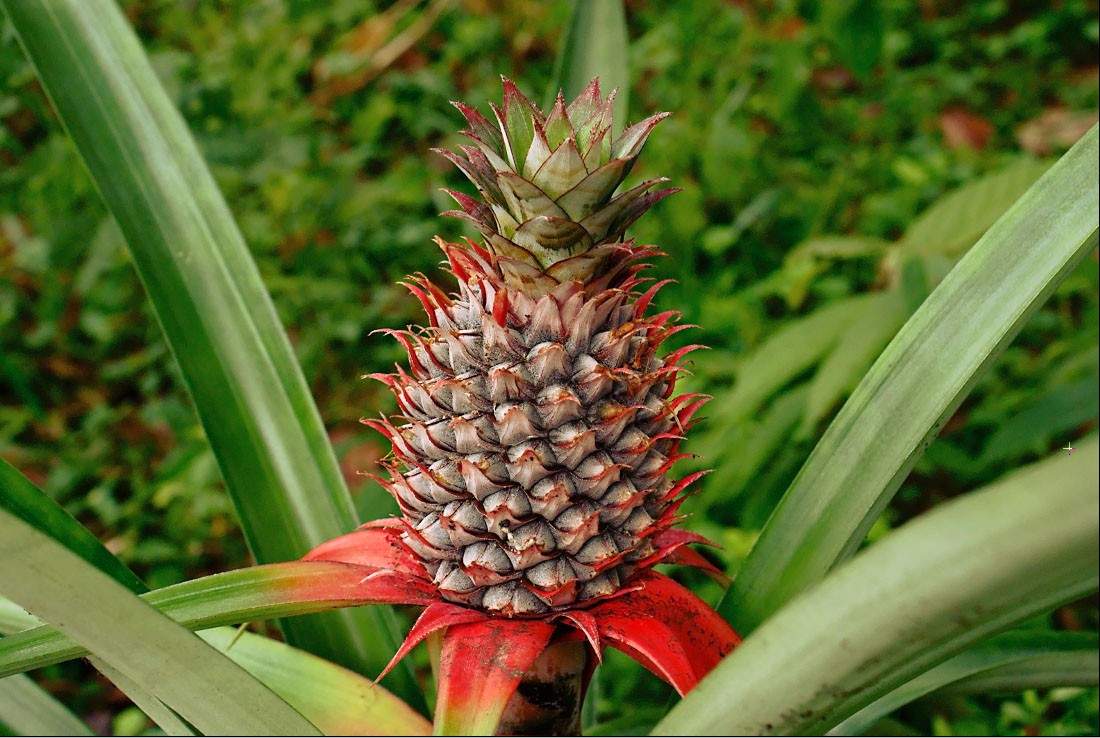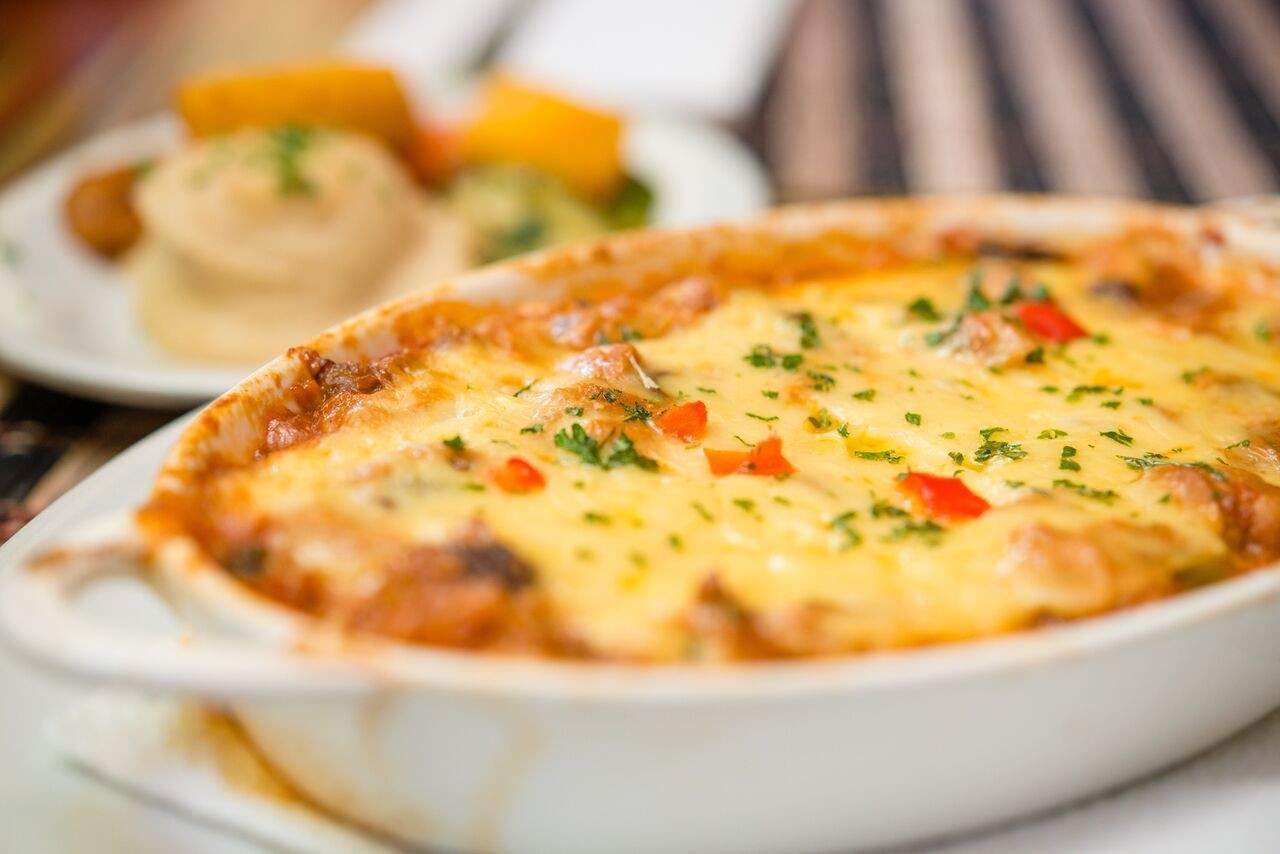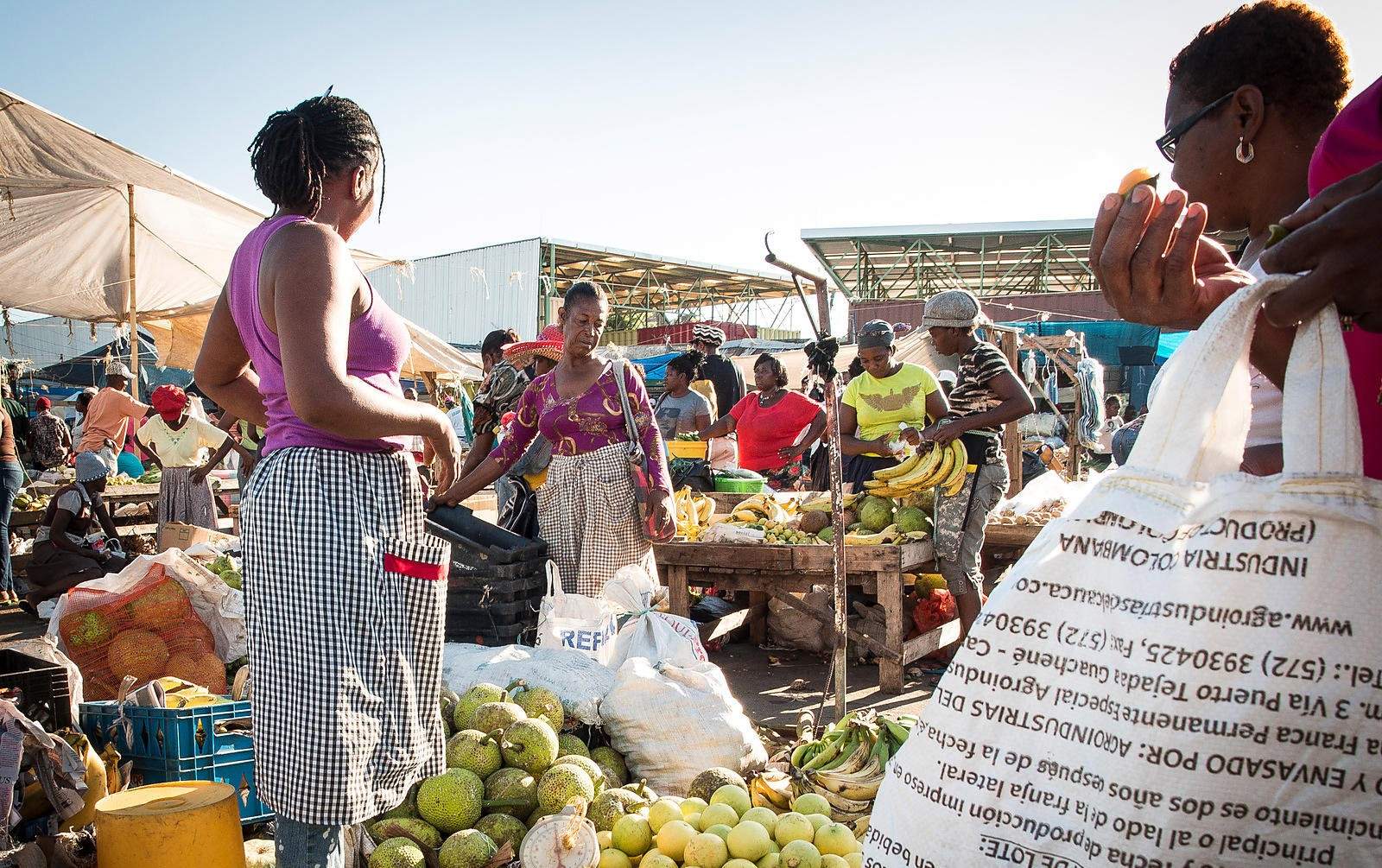A culinary journey to the Caribbean
When traveling to a new Caribbean island, many people seek new adventures, others look for arts and culture, and some just want to relax on a beach. There are a million ways to spend your holidays, however, most of us would like to discover the local cuisine right away.
Food is life, they say. And there is so much more to think here than just the purely physical act of eating. When growing up in any culture, we get familiar with the traditional flavors, typical dishes of the area, the cooking processes and the way people eat. This strongly connects to our memory and our way of thinking as food shapes our cultural identity. Therefore local cousine is one of the best ways to understand another culture.
The Caribbean cuisine is famous for its great variety. You can spot centuries of historical remarks just by scrolling through the menu of a restaurant. Cultures, who settled in the Caribbean brought their flavors along and combined it with local ingredients. First came the Arawaks, followed by European colonizers – the British, Dutch, French, Portuguese and Spanish colonial rulers - with their African slaves and their Creole cuisine, and later people from India, China, and the Middle East. This resulted in a colorful ethnic heritage. Each island has a slightly different cuisine, thanks to their ethnic variety.
Dishes you can find in almost every island
Seafood: Undoubtedly one of the highlights
Rice and peas: You will find different versions of this dish island to island. Using different types of beans, peas, flavors and herbs. As easy as it sounds, as colorful and diverse it can get. In Grenada, they prefer to use nutmeg. Coconut milk is used very often as well.
Conch: Large pink mollusk cooked with onion, fried as fritters or raw with lime marinade. Opt for farm-raised ones.
Callalo: A creamy thick soup with fresh greens, coconut milk, crab or ham
Tropical fruits: Starfruit, guava, mango, papaya, sweetsop, genip, sapodilla, tamarind, cocoplum, black pineapple, custard apple and sweetsop

And now let's see our recommendation for finger-licking street food treats and fine dining. Beware, mouth-watering content!
Antigua and Barbuda
Pepperpot: Rich stew with okra, aubergine, squash, potatoes, and usually beef. It is Antigua's national dish.
Rock lobster: Grilled or boiled rock lobster tails lightly seasoned with lemon and garlic. Ready in no time at all, and oh so delicious!
Barbados
Flying fish: Barbados is sometimes called the "land of the flying fish" and this fish is part of their national dish - It is either served steamed with cou-cou on the side or fried in sandwiches. Flying fish cutters are another popular dish in Barbados.
Conkies: a sweet snack made with cornmeal, sweet potato, pumpkin, coconut, raisins and spices steamed on a plantain leaf. It is the traditional dish when celebrating Barbados' Independence every November.
Jug-jug: Jug jug is a tasty dish, usually served at Christmas-time in Barbados. It is believed to have its origin in the Scottish dish Haggis, introduced by Scottish immigrants to Barbados in the 1600's.
Cou-cou: Cou cou, served with flying fish is the national dish of Barbados. Somewhat similar to polenta or grits, Cou-cou is made with corn meal and okra.
Aruba, Bonaire & Curacao
Stoba di Cabrito: Lamb / goat stew with light green cucumber and potatoes. Aruban cooks add a spiny, light green cucumber, called concomber, to the stew at the same time as the potatoes. The cucumbers should be rasped and cut in half lengthwise. Press each half gently to pop out the seeds before adding cucumbers to the stew.
Pastechi: The pastechi is a pastry dish that has the same half-moon shape as an empanada with a hand crimped edge. Filled with either Gouda cheese, chicken or meat, these pastry treats are deep fried and golden in color.
Funchi: Funchi, the Antillean staple, is a simple corn-meal preparation. It must be vigorously stirred while cooking and to the rhytm of these rotations old-time cooks repeated. Un pa mi, un pa bo, un pe. Funchi was then scooped from the kettle with a little round calabash, and the "funchi ball" was placed on each individual plate - "One for me, one for you, one for him".
Keshi Yena: The shell of a scooped Edam cheese is filled with spiced meat, then baked in the oven or steamed in the top of a double boiler.
Yambo: This dish is another typically Aruban dish: Yambo is the Antillean version of gumbo, a thick, hearty soup. The pureed okra gives it a slippery consistency.
Arepita de pampuna: A delicious and sweet side dish that goes well with stew dishes and soups.

Bahamas
Turtle soup: Once a popular dish before turtles became endangered.
Souse: Another favorite in The Bahamas, souse is halfway between a soup and a stew, with a rich medley of onions, bell peppers, carrots, celery, potatoes and a heavy dose of lime juice with some sort of meat.
Guava duff: Fresh guava jam is spread onto the sweet dough and rolled up, making a pretty spiral when sliced. To complete, the guava duff is placed in a cotton bag and boiled in water until cooked. Drizzled with rum or brandy butter, this dish is sure to be a hit.
Fried or seared grouper with grits: Grouper fillets are fried or seared and seasoned with tomatoes, garlic and a vegetable gravy. Flavorful grits often have a sprinkling of cheese.
Dominican Republic
Mangú: This is a typical and official national breakfast in the Dominican Republic but can also be served at lunch and dinner. Mangú is made of mashed, boiled plantains and typically served with queso Frito (white cheese fried in a pan), Dominican salami, eggs and topped with onions cooked in vinegar. This is also known as los tres golpes (the three hits).
Guanimos: A dish that can be traced back to MesoamericaAztec and Mayan culture, are prepared exactly like tamales or halaca. Cornmeal or cornflour made into a masa then stuffed and wrapped with banana leaf or cornhusk.
Mofongo: It is made from fried green plantains or fried yuca, seasoned with garlic, olive oil, and pork cracklings, then mashed with a little broth. Mofongo is usually served with a chicken broth soup.
Dulce de leche: Dominican dulce de leche is thicker than other Latin American countries. Dulce de leche is popular with pineapple jam in the Dominican Republic.

Guadeloupe & Martinique
Acra: Appetizer fritters, filled with stockfish or other seafood, slightly spicy.
Crabe Farci: Stuffed crab. An urban legend here, some epicurean travelers are so keen on finding the best crabe farci, that they even rent a car, and go on a discovery trip.
Féroce d'Avocat: Mashed avocados mixed with cod and manioc flour. If avocados are not in season, they replace it with pumpkin. It is a traditional breakfast for workers at sugar plantations.
Boudin Creole: Somewhat spicy blood sausage filled with meat or fish. Its taste is similar to Bavarian Weisswurst.
Colombo: Adopted from Sri Lankans, a curry dish with Sri Lankan spices and fish, chicken or lamb.
Poulet Boucané: One of the most popular street foods, smoked chicken with crunchy skin thanks to a red-wine glaze, served with a typical creole sauce
Méchoui: Whole lamb or sheep on BBQ, flavored with Caribbean spices
Callalo: A thick and spicy soup made with spinach, okra, pork and land crab usually served with rice
Typical seafood: Snapper, crayfish, lobster
Jamaica
Ackee and saltfish: One of the most popular national dishes of Jamaica. It is mainly served for breakfast but can be had at any meal time of the day. The yellow flesh of the ackee fruit is boiled and sauteed with saltfish and seasonings and then served with provisions like yams, green bananas and potatoes.
Curry goat: Goat meat tastes a little bit like beef, but slightly gamey. It’s a tender and juicy dish served with white rice and is also a favourite at house gatherings. It can be seen on the table at Christmastime and is served at Nine Nights (the Jamaican equivalent of a wake) to friends and family paying their respects to the dead.
Mannish water: Speaking of goat, the head, testicles and other scraps of the animal are saved for a light soup called mannish water, which is a favourite Jamaica dish. This spicy and flavourful soup is also a party and Nine Night favourite and is served as a meal starter.
Escoveitch fish: Escoveitch refers to cooking meat in an acidic vinegar-based sauce in Spanish culture. The sauce is made from vinegar, onions, peppers, carrots and pimento (allspice). It adds a delicious flavour when poured over fresh fish – so fresh that it was caught that day. The fish is usually served with festivals and bammy, a dense bread-like side dish made from cassava that is usually round in shape.
Trinidad and Tobago
Doubles: Fried circles of dough stuffed with curried channa (chick peas) dressed with spicy or sweet sauces, and grated cucumbers, including our local hot pepper sauce for the adventurous You can order them with no hot sauce or slight, medium or “plenty pepper” according to your taste.
Phoulorie: Phoulorie are fried, spiced dough balls that are served with various chutneys like mango or tamarind. The dough is made up of flour, ground chickpeas, water and spices. It is a great snack food and a classic street food.
Pelau: This is a one-pot dish of rice, pigeon peas and meat often cooked in coconut milk. The dish is the meal of choice during Carnival and other celebrations because it is so convenient to carry and serve, as rice, meat, peas and vegetables are all in one dish.
